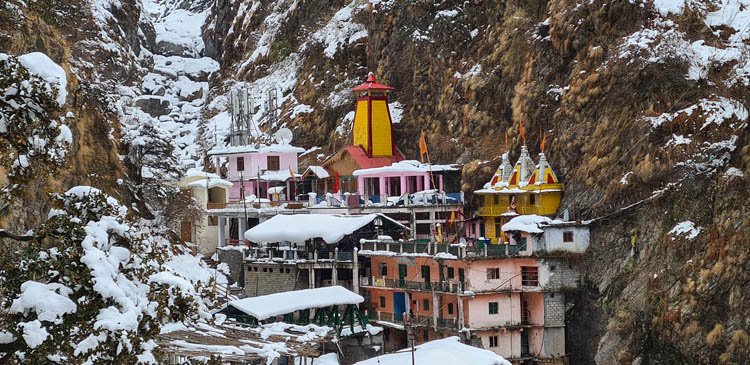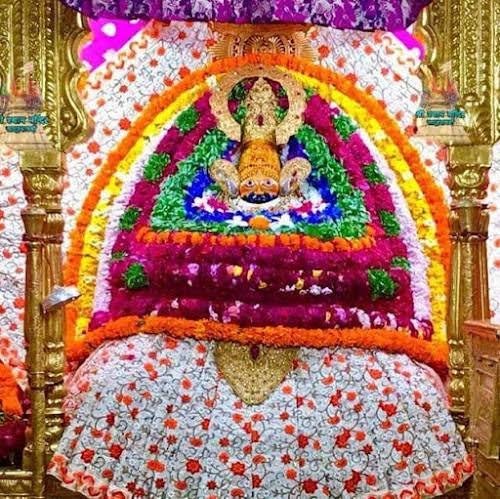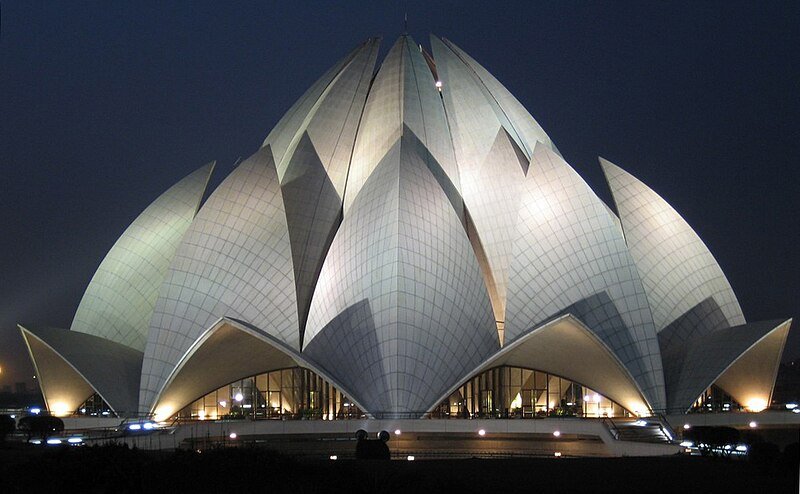Pilgrimage to CharDham
Rs. 22500 / Person (Minimum 4 Person)
CharDham Yatra is one of the most revered pilgrimage circuits in Hinduism, located in the beautiful and remote Himalayas of Uttarakhand, India. It includes visits to four sacred temples: Yamunotri, Gangotri, Kedarnath, and Badrinath. Each of these destinations holds unique spiritual significance and offers breathtaking Himalayan landscapes, making the journey a profound blend of devotion, adventure, and natural beauty.
Here’s an in-depth look at each destination in the CharDham Yatra:
1. Yamunotri
- Location: Situated at an altitude of 3,293 meters (10,804 feet), in the Uttarkashi district, near the source of the Yamuna River.
- Significance: Dedicated to Goddess Yamuna, Yamunotri is considered the origin of the Yamuna River. According to Hindu mythology, Goddess Yamuna is the sister of Yama (the god of death) and is revered for her purifying powers.
- Temple and Hot Springs: The Yamunotri Temple houses an idol of Goddess Yamuna. Nearby is the Surya Kund, a natural hot spring where pilgrims cook rice and potatoes as offerings, which are then distributed as prasad (blessed food).
- Trek to Yamunotri: Reaching the temple requires a 6 km trek from Janki Chatti. The trail offers scenic views and is popular among trekkers and pilgrims alike.
2. Gangotri
- Location: Located at 3,415 meters (11,204 feet) in Uttarkashi, Gangotri is close to the source of the Ganga (Ganges) River.
- Significance: The temple is dedicated to Goddess Ganga, the personification of the Ganges River. It is said that Ganga descended to earth to cleanse the souls of humanity, following the penance of King Bhagirath.
- Temple and Gaumukh Glacier: The Gangotri Temple is an impressive stone structure, and pilgrims often journey further to Gaumukh Glacier (19 km away) to witness the true source of the Ganges.
- Religious Activities: Pilgrims perform aarti (prayer with lamps) on the riverbanks and take holy dips in the Ganges, believing it cleanses sins and brings spiritual blessings.
3. Kedarnath
- Location: Situated in the Rudraprayag district at an altitude of 3,583 meters (11,755 feet), Kedarnath is surrounded by towering peaks.
- Significance: One of the twelve Jyotirlingas (sacred abodes of Lord Shiva) in India, Kedarnath is dedicated to Lord Shiva. It is believed that the temple was originally built by the Pandavas and reconstructed by Adi Shankaracharya.
- Temple Architecture: Made of grey stone slabs, Kedarnath Temple stands resiliently amidst rugged terrain and is regarded as an architectural marvel.
- Trek to Kedarnath: From Gaurikund, pilgrims trek 16 kilometers to reach the temple. Helicopter services are available for a quicker journey, though many prefer the spiritual experience of the challenging trek.
4. Badrinath
- Location: Located in the Chamoli district at 3,300 meters (10,827 feet), Badrinath lies between the Nar and Narayan mountain ranges on the banks of the Alaknanda River.
- Significance: Badrinath is dedicated to Lord Vishnu and is one of the 108 Divya Desams (sacred places dedicated to Vishnu). It is said to have been established by Adi Shankaracharya in the 8th century.
- Temple Architecture: The Badrinath Temple has a colorful façade and a black stone idol of Lord Vishnu in a meditative posture.
- Attractions Nearby: Pilgrims can also visit Tapt Kund, a natural hot spring, and Mana Village, the last inhabited village before the Tibetan border.
Kedarnath
The Kedarnath Yatra is a pilgrimage to the sacred Kedarnath Temple located in the Uttarakhand region of India. This yatra is one of the Char Dham Yatras and holds immense religious significance for Hindus. Kedarnath is dedicated to Lord Shiva and is believed to be one of the holiest shrines in Hinduism.
The journey typically starts from Delhi, and travelers make their way to Haridwar or Rishikesh, which are major cities in Uttarakhand and serve as a base for the From Haridwar or Rishikesh, you will proceed to Guptkashi, which is a town situated in the Garhwal region of Uttarakhand. It is a common stopover point for pilgrims on their way to Kedarnath.
The Kedarnath Temple is the main attraction of this yatra. It is situated at an altitude of 3,583 meters (11,755 feet) above sea level. The temple is known for its unique architecture and is believed to have been built by Adi Shankaracharya in the 8th century.The best time to embark on the Kedarnath Yatra is during the summer months from late April or early May to November when the weather is relatively pleasant and the temple is accessible.
Trip Highlights
- Budget Friendly
- Best Service
























